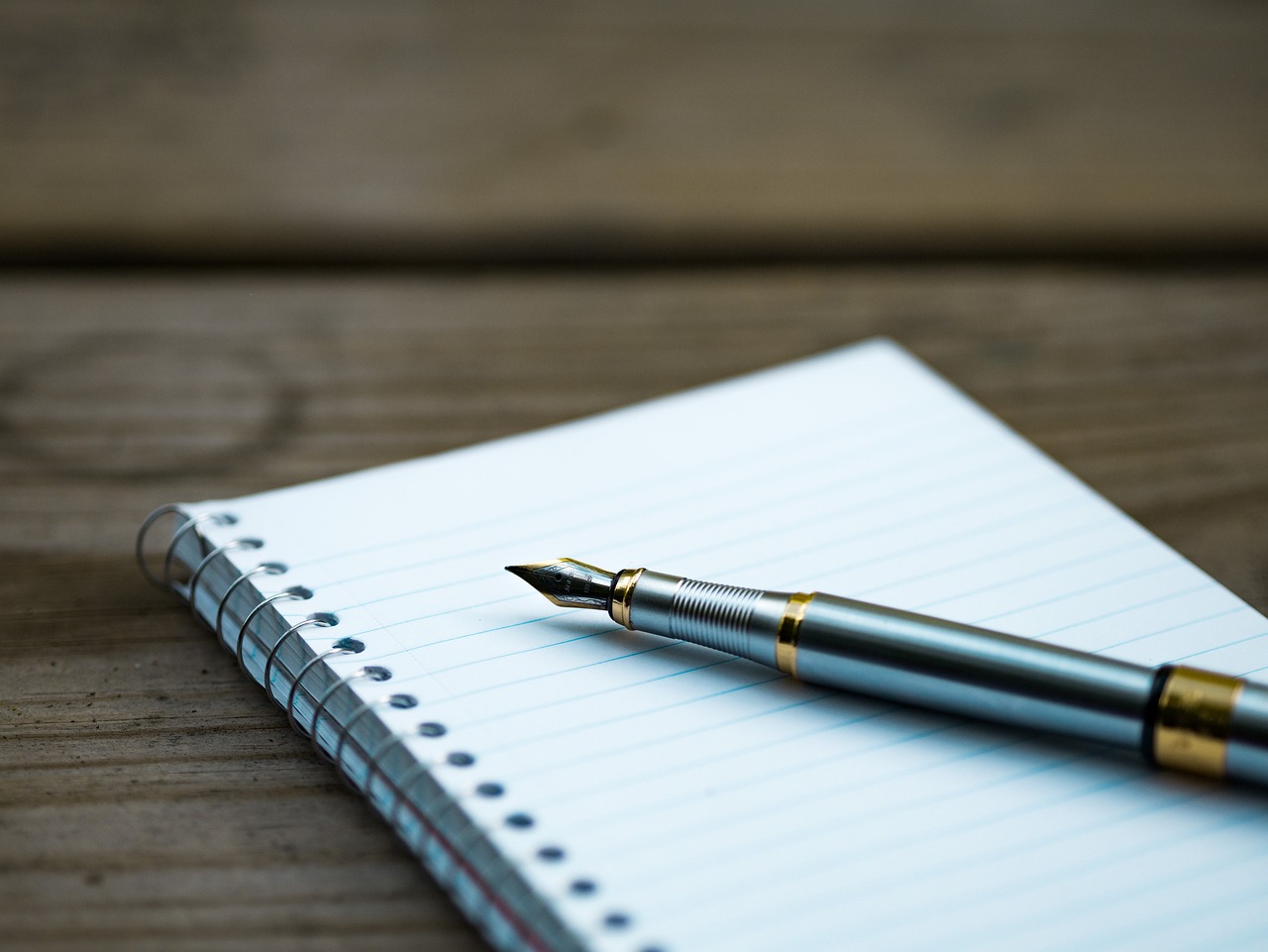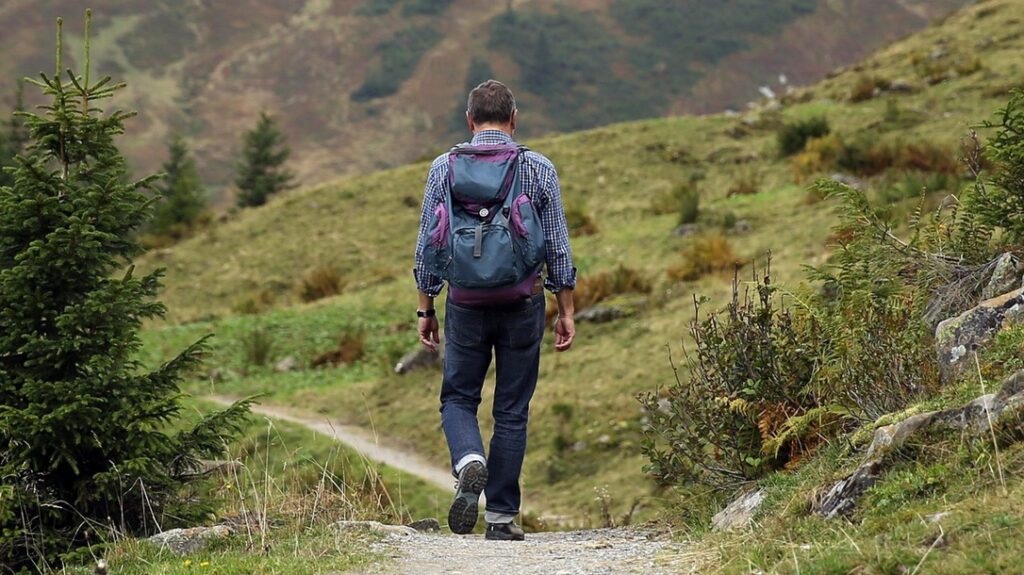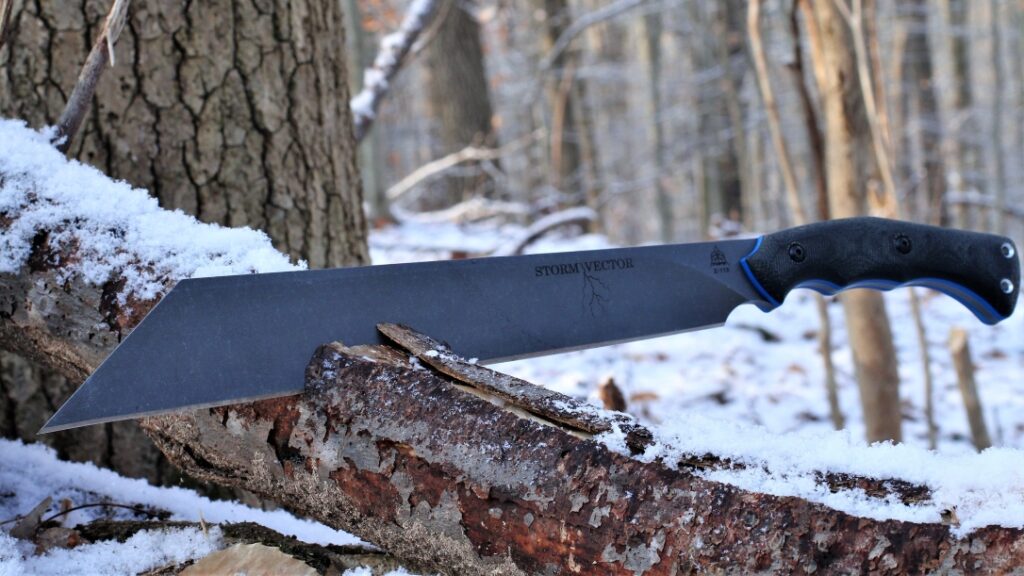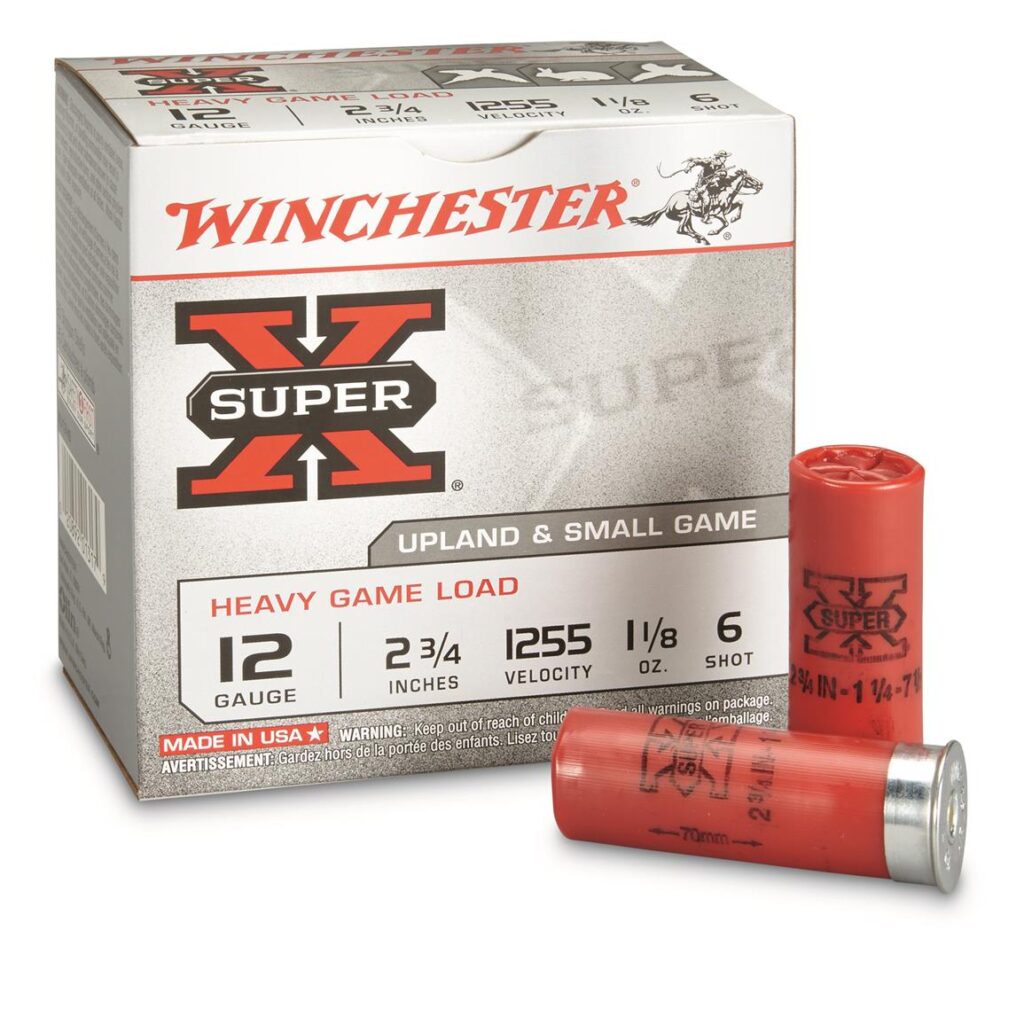Whether you’re just starting out on your prepping journey or you’ve been at it a while, a preparedness journal is a great way to keep track of all manner of information and keep it right at your fingertips.
For something like this, I like to go old school and use spiral notebooks. The multi-subject kind is great because they’re already divided into sections. Even when it isn’t back-to-school season, they don’t cost a lot. You could also go with a binder and loose-leaf paper—if that works better for you.
Here are a few sections I’ve used in my own preparedness journal.
Advertisement — Continue Reading Below
Packing Lists
No matter how often you go out on a trip, the odds are pretty good that you’ll forget something. That’s why we invented checklists. In your preparedness journal, you can devote a section to packing lists to help you remember everything you need. Have one list for day trips, another for overnights, that sort of thing. Add to the lists things you discover you need and eliminate the items you never use.
Goals/Plans
As you move along the preparedness path, you’ll no doubt have ideas you want to pursue later. Have a section in your journal where you can write notes on what you want to look up, learn about, or design at some point.
Maybe you see a new-to-you concept for raised bed gardening, and you want to research it. Or you want to remind yourself to restock the vehicle emergency kit before your road trip. Having a one-stop shop for notes like this means you’ll be able to find them again later.
Advertisement — Continue Reading Below
Weather Tracking
One of the best ways to learn how to forecast the weather is by paying attention to what’s happened in the past. This doesn’t need to be any sort of meteorology doctoral thesis. You don’t need to run out and buy any special equipment, either. However, if you want to shell out for a high-end weather station, there are certainly worse ways to spend your money.
The idea here is simply to jot down notes with your observations about the weather. Over time, even if you’ve had zero training or education in the subject, you’ll start to connect some dots.
Purchases
You don’t need to use this preparedness journal to keep track of everything you buy. But many of us have hobbies that intersect with prepping, such as collecting knives or firearms. There’s a joke that’s been floating around forever about praying that upon your passing, your spouse doesn’t sell your collection for what you told them it cost. This can be a serious problem, though.
Advertisement — Continue Reading Below
An avid knife collector I knew passed away, and his daughter was tasked with handling his extensive collection. She was fortunate that he had put a little note into each knife box with the date of purchase, price paid, where or from whom he bought it, and other information. After she’d selected the ones she wanted to keep, those notes went a long way toward setting accurate prices for the rest.
You could do the same in this section of your journal, even if you’re not a collector. Anything that’s a big-ticket item could be noted, such as a freeze-dryer or generator.
Journaling
This is a journal, right? This is where you can celebrate your successes and learn from your failures. What has been working, what hasn’t, and why. I think one of the coolest things about maintaining a preparedness journal is paging through to see the progress you make over time.
Advertisement — Continue Reading Below















